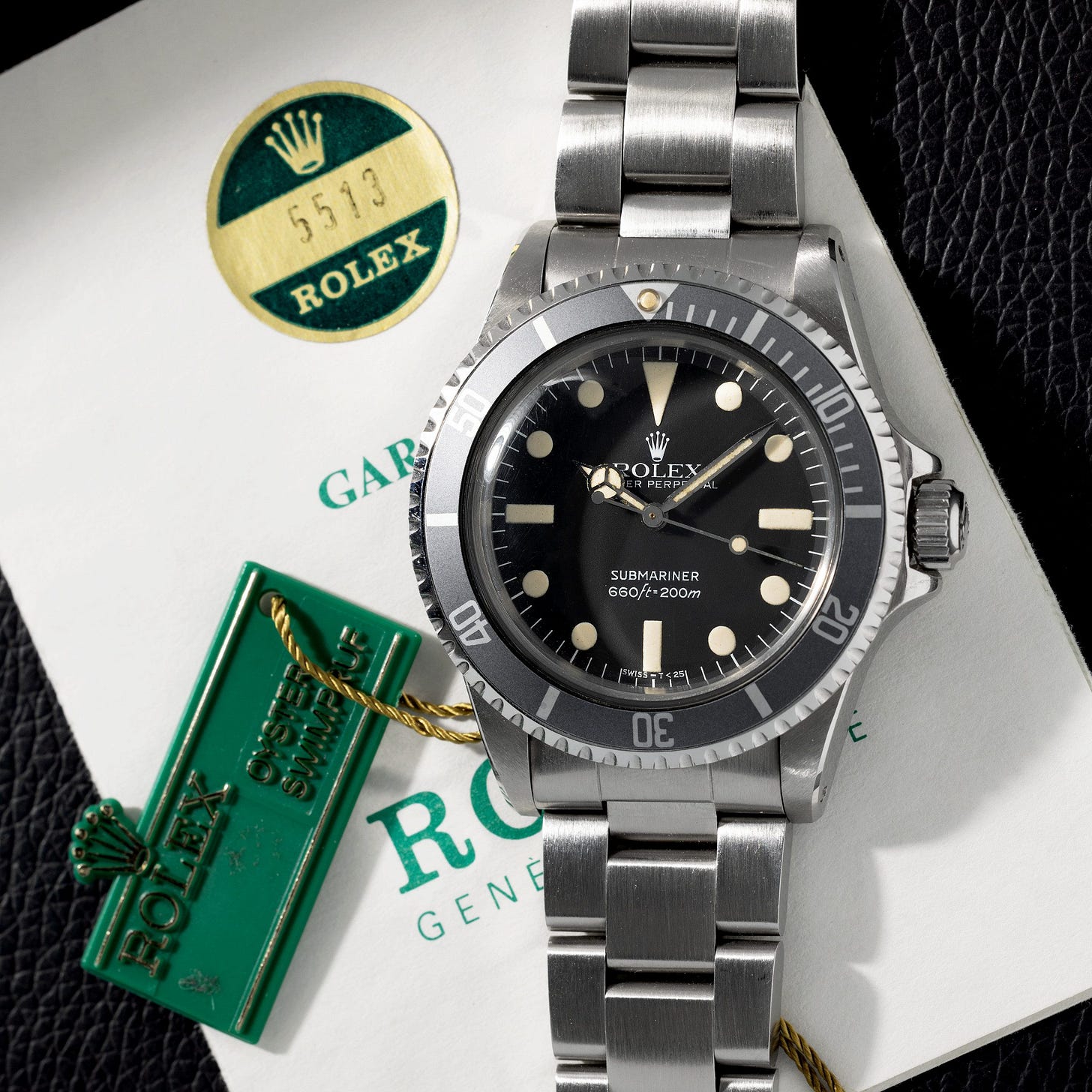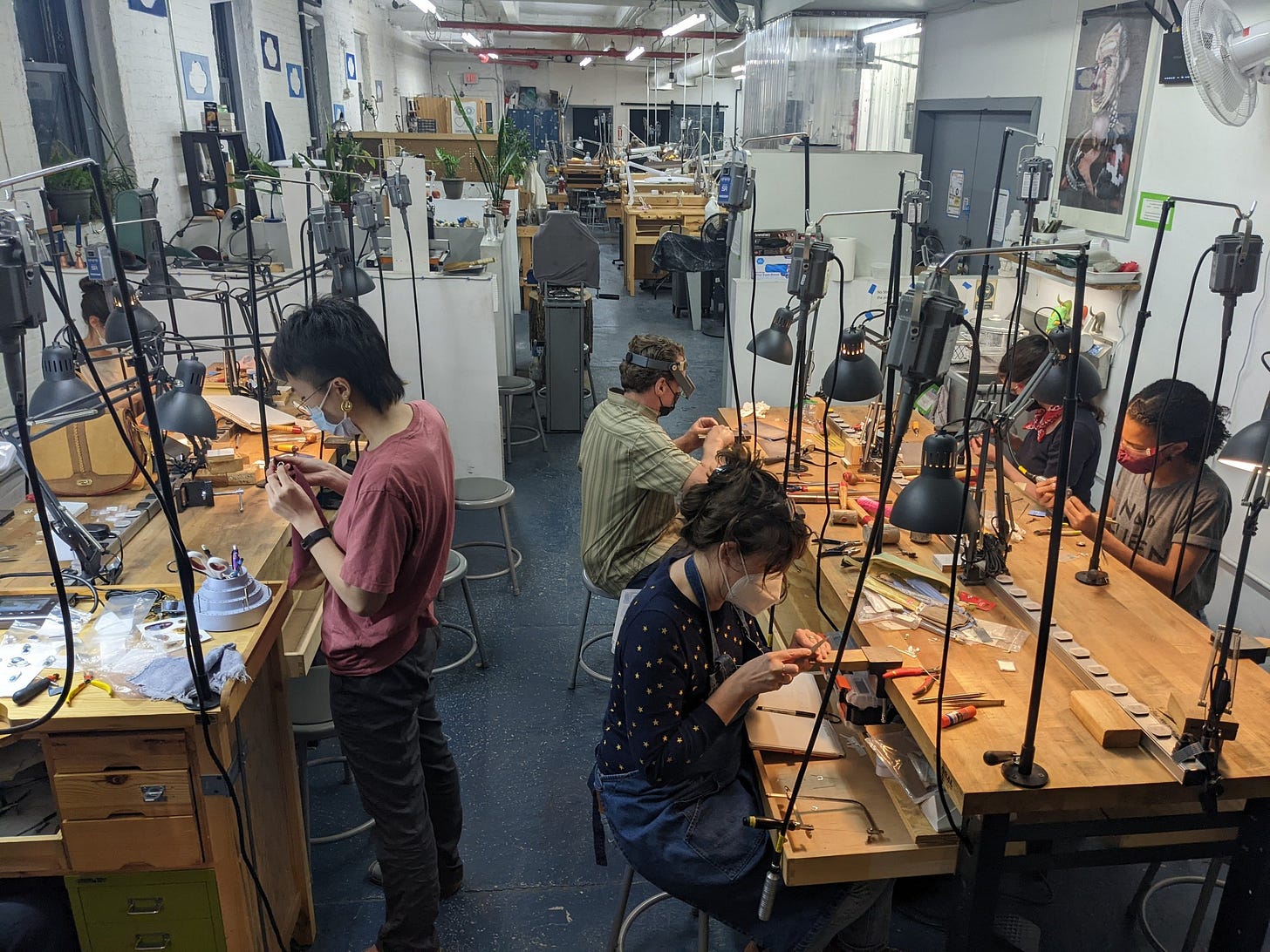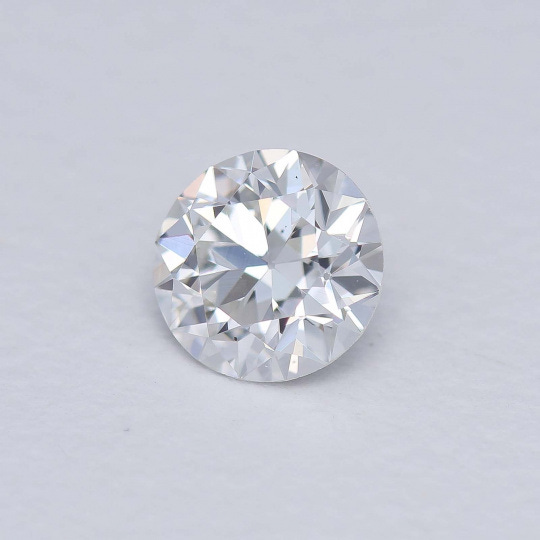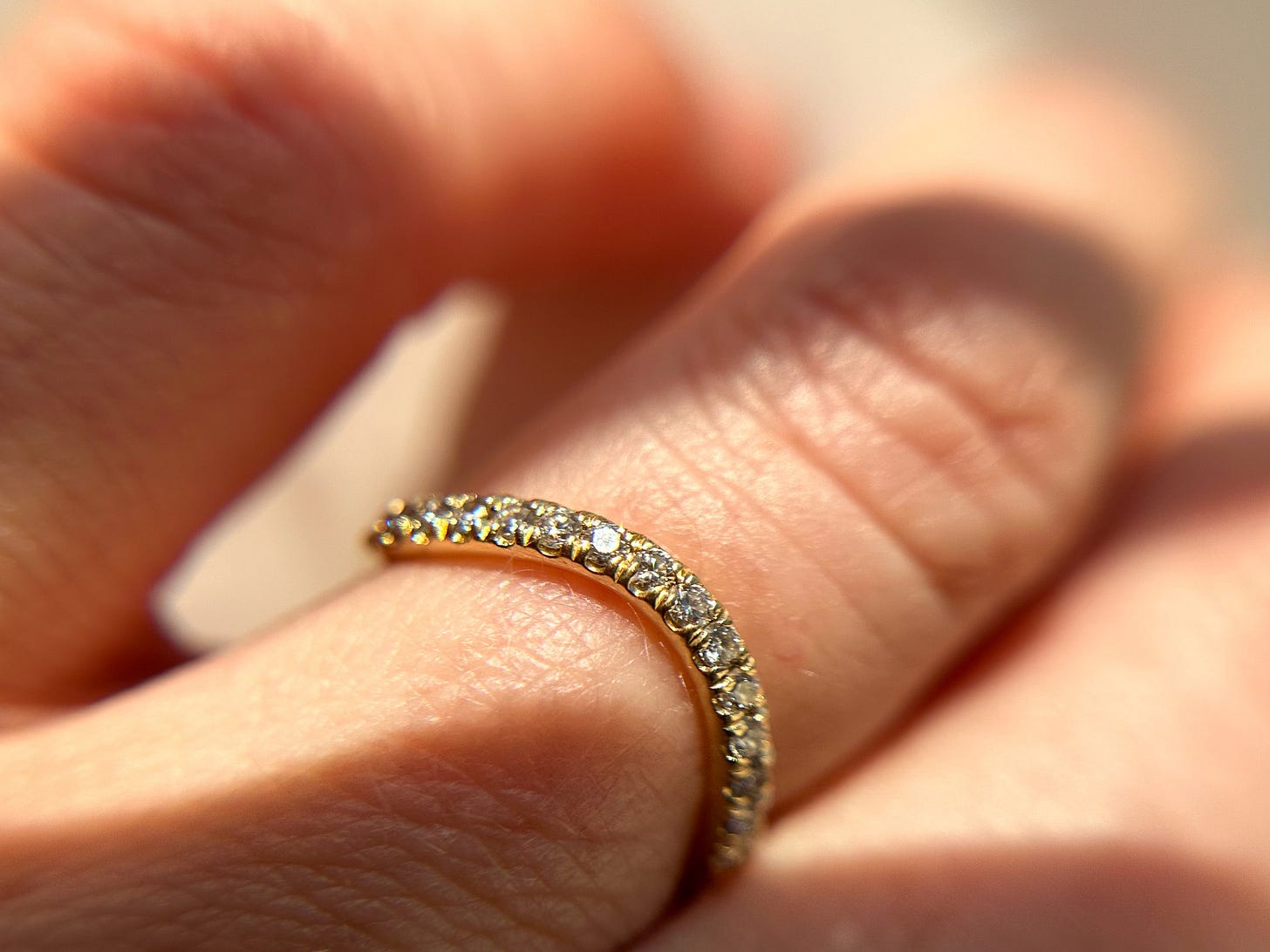If you were in New York a couple of weekends ago, hopefully you caught WindUp and Watch Time in Manhattan, two of the biggest watch fairs in New York, or the Ethical Gem Fair in Brooklyn. These three events are at the heart of my maker universe— innovation in methods both tech and traditional, creating my favorite things. This year I was bummed to miss both watch fairs but made it a priority to stop by the Ethical Gem Fair. Happily for me, it’s in my neighborhood at my good friends Brian and Erin’s place, Brooklyn Metal Works in Prospect Heights, my favorite jewelry and metalsmithing tool shop and studio.
I walked straight into a keynote talk between my buddy Jay Moncada of Perpetuum Gems and Monica Stephenson of Anza Gems. Pertetuum’s tagline is: “Small Company + Big dreams in Sustainability = Big Responsibility.” Anza says: “Jewelry with Purpose” and “Gems for Change.” Both Monica and Jay put their money where their mouth is, and I admire them hugely for taking big industry strides. As a jeweler who uses reclaimed stones and recycled metals, I shop with Jay and Monica (and suppliers like them) whenever possible. At the fair, they spoke about working diligently to create safer spaces for miners as well as improving on the chain of history regarding the source of gems and diamonds.
Ethical sourcing and sustainable practice in jewelry is either a buzzy topic or a hot-button issue, depending on your POV. Jay works with mostly reclaimed material, and said a lot of things in his talk about stepping up the industry paper trail in terms of ownership and provenance on materials. This in particular led me down a train of thought:
Does the WATCH world pay attention to sustainability and ethics the same way jewelry does?
In the last twenty years the jewelry industry has woken up to the fact that conscious practices matter. (See: Responsible Jewellery Council) It took a while for consumers to care, but now that they do, the market has taken notice. Brands big and small are pushing recycled metals, certified ethically sourced gemstones, post-consumer diamonds, etcetera, etcetera. On the supplier side, there’s better certification standards, but as Monica pointed out, industry credentials still live in a nebulous, hazy place, (not dissimilar to the world of “natural” food ingredients). Jewelers are often left to their own self imposed ethics to explore standards of mercury-free mining processes and better quality of life for mining communities. (Fairmined and Anza Gems both are leaders.)
Who and what are the sanctioning bodies for these governances? In the jewelry world, the gold standard ;) certification is SCS Global Services, RJC. But what do these standards mean for lay people, even those who have done their homework? If I hadn't recently worked for a jewelry company (shout out Bario Neal in Williamsburg) that I saw firsthand trying their damndest to abide by high standards of ethics and sustainability, I myself would not know exactly what to look for, and I’ve been trained and working in jewelry since I was ten.
As for the watch world and any attempts to match standards— I feel a great big shrug here. I’m not seeing any significant manufacturing championing sustainability or ethical production or sourcing, or interest in it. This doesn’t mean it’s not happening, but I am wondering–- who, what, where and how is it being addressed?
Ethical sourcing in jewelry has grown from a niche interest into an expectation. Do, and could, watch buyers and consumers adopt a similar value system, embracing ethical considerations around materials and provenance? I don’t know. If you’re aware of any standout examples, please educate me.
MY POINT
Within a few clicks on www.rolex.com you can reach the “Sustainable Procurement Policy.” I learned a lot quickly about Rolex’s POV– as in it’s a short write up on supply chain policy without much meat. (Bario Neal’s, in comparison, is 42 pages.) IMHO, a pledge to “directly and indirectly contribute to the United Nations Sustainable Development Goals (SDGs) by 2030, which aims to” eradicate human trafficking and child labor in your supply chain as is not a gold star moment. (By 2030!)
![Paul Newman's own Rolex Cosmograph Daytona Reference 6239 (photo by Henry Leutwyler for WSJ... [+] Magazine) Paul Newman's own Rolex Cosmograph Daytona Reference 6239 (photo by Henry Leutwyler for WSJ... [+] Magazine)](https://substackcdn.com/image/fetch/$s_!x1r2!,w_1456,c_limit,f_auto,q_auto:good,fl_progressive:steep/https%3A%2F%2Fsubstack-post-media.s3.amazonaws.com%2Fpublic%2Fimages%2F4dccb050-7c3d-42ad-8be4-c2a412ac6d0e_960x1098.jpeg)
In vintage watch collection, value is closely tied to rarity and the integrity of the original condition (and provenance as it relates to the previous owners, eg. John Lennon or Paul Newman). As with reclaimed gems, there’s room to explore new value baseline. When you can track a watch’s story back to original owner (or owners), eg. box and papers, a vintage watch with a verifiable origin might gain added significance. But here, rarity isn’t just about numbers— it’s also about commitment to transparency and respect for the materials’ journey. Is there any current valuation in watches that’s turning to ethics and sustainability? To effectively address the issue in the watch market, it would be essential to establish clear benchmarks industry wide similar to what we’re attempting to do in the jewelry sector.
As Monica and Jay pointed out, reclaimed or “ethical” has more than one meaning. Anyone who’s watched I Love Lucy knows this trick. Lucy Ricardo famously avoids an argument with Ricky by hiding her luxury purchase in the closet for months. After a sitting on it for a while, she can say honestly, if not ethically, “This old thing! I’ve had it forever!” Or something like that. Point is, ethics can be feigned by redirecting the truth to a more favorable POV.
There are in fact many watch makers currently enacting the RJC’s code of ethics. Cartier! Chopard! A. Lange & Söhne! Plenty of brands appear to be making an effort. This article will tell you much more than I can about that. But for some reason, best practices in a brand profile doesn’t seem as prioritized as it is in the jewelry world. Most watch companies that seem to care about anything are large houses that already have jewelry infrastructure and large fashion messaging in place, or it's literally a jewelry company that makes watches.
For the past four years, every diamond I've chosen— whether small melees (diamonds under 3.2 mm) or 1+ carat—has been reclaimed (excepting one stone). My footprint is comparatively (excruciatingly) small, but my personal commitment is real. I make it a priority to vet my dealers to ensure that my stones are legitimately reclaimed to the extent that I can feel comfortable— not just stock that sat for two years so we can pretend otherwise.
As for watches, I’ve wondered why my compass naturally points toward vintage. Aesthetics only? Given the number of classics still sustaining on the market today, probably not. I’d like to think there’s something more behind my natural pull to the vintage market. Ultimately, I’m hopeful here. The watch industry has the opportunity to catch up by embracing a culture of accountability and integrity.







